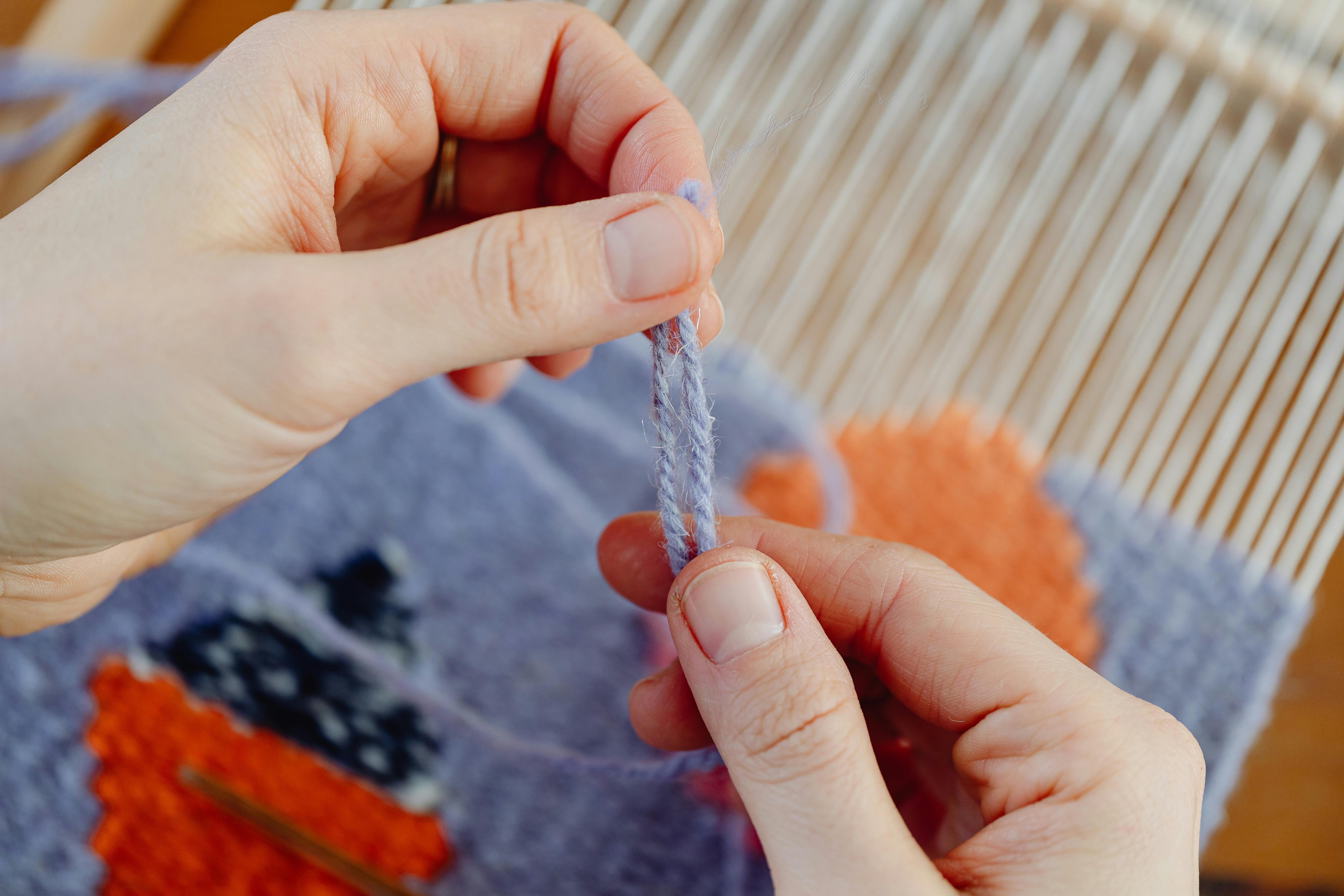Weaving is a timeless craft that combines artistry and technique, allowing creators to produce beautiful textiles from yarns and fibers. Whether you’re just starting out or looking to refine your skills, having the right resources and tools is crucial for success. In this guide, we’ll explore a curated list of essential items, suppliers, and educational materials to help you on your weaving journey. From basic looms to advanced equipment, we’ve got you covered.
Getting Started with Weaving Tools
If you’re new to weaving, the array of tools available can be overwhelming. Start with the basics: a loom, shuttle, and yarn. A simple frame loom or rigid heddle loom is perfect for beginners, as they are affordable and easy to use. These looms allow you to practice fundamental techniques like plain weave and twill without a steep learning curve. As you progress, you might consider upgrading to a floor loom for larger projects or more complex patterns. Don’t forget essential accessories like a warping board for measuring yarn and a beater to compact the weft threads tightly.
When selecting yarns, opt for natural fibers like cotton or wool for their durability and ease of handling. Many suppliers offer starter kits that include everything you need to begin, which can save time and reduce initial costs. Online marketplaces and local craft stores are great places to find these items, but always check reviews to ensure quality.

Advanced Weaving Equipment for Skill Enhancement
For those with some experience, investing in advanced tools can open up new creative possibilities. Multi-shaft looms, such as table or floor looms with four or more shafts, enable intricate patterns like overshot or double weave. These looms require more setup and knowledge but offer greater flexibility in design. Additionally, tools like a raddle or tensioning device can help maintain even warp tension, which is vital for producing consistent results. If you’re into tapestry weaving, a high-warp loom with a beater comb might be your go-to for detailed pictorial work.
Electronic looms are another option for tech-savvy weavers, allowing for automated pattern creation and repeatability. While they come at a higher price point, they can significantly speed up production for commercial endeavors. Remember to pair these with quality yarns from reputable suppliers who specialize in handweaving materials. Look for companies that offer sample packs, so you can test different fibers before committing to large purchases.
Educational Resources to Boost Your Weaving Knowledge
Beyond physical tools, educational resources are invaluable for mastering weaving techniques. Books like “The Weaver’s Idea Book” by Jane Patrick provide inspiration and step-by-step instructions for various projects. Online platforms, such as weaving blogs and YouTube channels, offer free tutorials on everything from basic setup to advanced finishing methods. Consider joining a local weaving guild or online community to connect with other enthusiasts, share tips, and participate in workshops.
For structured learning, many organizations offer courses ranging from beginner to master levels. These can be in-person or virtual, covering topics like color theory, fiber properties, and business aspects if you plan to sell your work. Don’t overlook the importance of practice; set aside regular time for weaving to build muscle memory and experiment with new ideas. Keeping a weaving journal to note down patterns, yarn combinations, and challenges can also accelerate your progress.
Finding Reliable Suppliers and Communities
Sourcing materials from trusted suppliers ensures that your projects turn out as intended. Look for vendors who provide detailed product descriptions, customer support, and fair shipping policies. Some well-known suppliers in the weaving community include companies that focus on eco-friendly or hand-dyed yarns, which can add unique touches to your creations. Additionally, attending fiber festivals or trade shows can give you hands-on access to new tools and networking opportunities.
Building a support network through forums or social media groups can provide motivation and troubleshooting help. Many weavers find that sharing their work online leads to feedback and collaborations. As you grow in the craft, consider contributing back by teaching others or donating to fiber arts programs. This not only enriches the community but also deepens your own understanding and appreciation of weaving.
In summary, weaving is a rewarding hobby or profession that thrives on the right combination of tools, resources, and knowledge. By starting with the essentials and gradually expanding your toolkit, you can enjoy a lifelong journey of creativity and skill development. Happy weaving!



